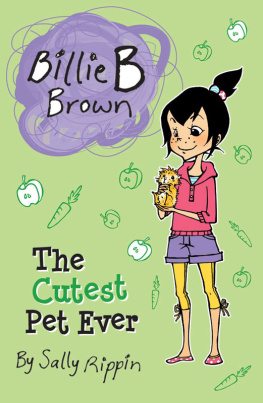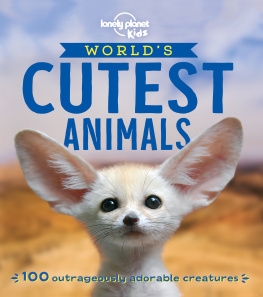
WORLDS CUTEST ANIMALS
Copyright Summersdale Publishers, 2012
With research by Anna Martin
All rights reserved.
Condition of Sale
This book is sold subject to the condition that it shall not, by way of trade or otherwise, be lent, re-sold, hired out or otherwise circulated in any form of binding or cover other than that in which it is published and without a similar condition including this condition being imposed on the subsequent publisher.
Summersdale Publishers Ltd
46 West Street
Chichester
West Sussex
PO19 1RP
UK
www.summersdale.com
Printed and bound in China
eISBN: 978-0-85765-818-0
Substantial discounts on bulk quantities of Summersdale books are available to corporations, professional associations and other organisations. For details contact Summersdale Publishers by telephone: +44 (0) 1243 771107, fax: +44 (0) 1243 786300 or email: nicky@summersdale.com.
CONTENTS
INTRODUCTION
The animal world contains more cuddly cuteness than a toyshop window: there are classic furry lovelies like the chubby, teddy-bear-like koala, the smiley, sleepy-eyed sloth and the Dumbo-eared fennec fox; but within this book you will discover that all manner of curious critters scaly, feathered and fuzzy have a serious ahhhh factor, and some astonishing qualities that might just make you go, Wow! This book has everything, from the tiny, jewel-like hummingbird, the only bird with the aerobatic skills to fly upside down and backwards, to the colourful clownfish, which can live in harmony with stinging anemones and has the ability to change from male to female that never happened in Finding Nemo!
Read on and prepare to be captivated by the snuggliest, cutest, sweetest creatures on the planet, each with their own cutest feature detail and one- to five-star snuggle rating. Whether youre tickled by fuzzy tree-dwellers with saucer-sized eyes, blow-up fish or scaly but loveable beasts small enough to perch on the tip of your finger, there is something here for everyone!
FENNEC FOX
Vulpes zerda
LIVES Deserts of North Africa and the Sinai and Arabian peninsulas
EATS Small rodents, reptiles, plants, insects
The fennec fox is the smallest member of the fox family, ranging from 2440 cm in length, with a big, bushy tail which can be up to 20 cm long. It is obviously blessed in the ear department, but its Dumbo-sized flappers are not just for show: they are filled with blood vessels close to the surface of the skin, which helps the fox release body heat to dissipate the extreme temperatures of the deserts in which it resides. The fox also boasts a copious covering of fuzzy fur on the soles of its feet, which acts like slippers protecting it from the searing heat of the dunes. The fennec is nocturnal, but it does like to sunbathe.
The fennec is quite a sociable animal, choosing to live in a small pack, and in parts of North America and North Africa they are kept as pets, much like cats and dogs they even purr like cats when happy. The French aviator and author Antoine de Saint-Exupry had a fennec as a pet and it is believed that his furry friend inspired the fox character in his book The Little Prince.
CUTEST FEATURE: Those ears!
SNUGGLE RATING: ****
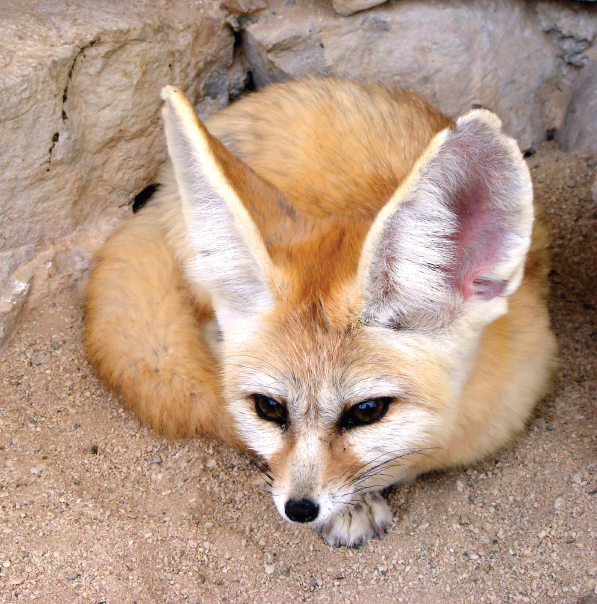
SEAHORSE
Hippocampus (family)
LIVES Tropical or temperate seas
EATS Tiny fish, plankton, shrimp
Despite being commonly known as the stallion of the sea, this other-worldly creature is a surprisingly poor swimmer, and for that reason it is almost always resting, wrapping its prehensile tail around a stationary object such as a plant frond. The seahorse swims upright, using the pectoral fins behind its ears to steer, and has coronets atop its horsey head which gives it an almost regal appearance.
It uses its extra-long snout to slurp up plankton and tiny fish, but because the seahorse doesnt have teeth or a stomach food passes through its insides incredibly quickly, which means it has to eat constantly to stay alive.
This tiny creature has an unusual courtship and mating ritual, and in tropical seas the mating season lasts all year! The female seahorse will deposit her eggs into the males pouch where they are fertilised and carried until the babies are ready to emerge two to four weeks later yes, its the male that becomes pregnant and gives birth! The number of babies born in one birth can be as few as five or as many as 1,500.
CUTEST FEATURE: Their horsey faces and long snouts
SNUGGLE RATING: ** (Well, they are wet fish!)
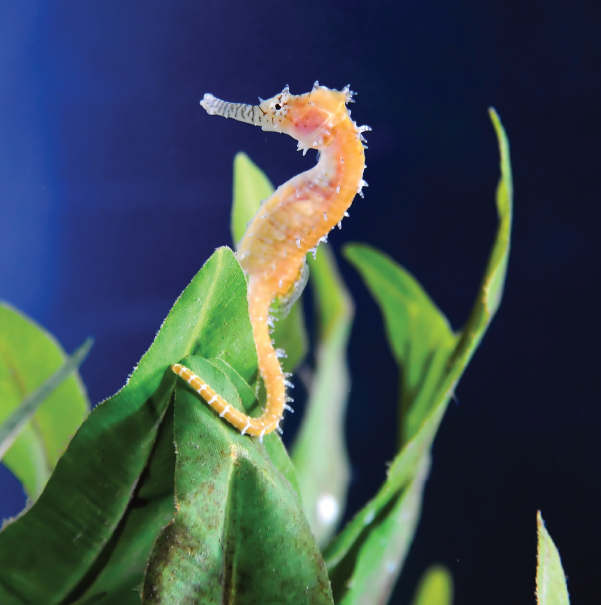
FALLOW DEER
Dama dama
LIVES Woodland, scrubland, meadows and parks throughout Western and Central Europe
EATS Grasses, brambles, leaves, fruits, bark, nuts, fungi
This graceful-looking creature has the most beautiful Bambi-like white speckled coat, which can vary from white to chestnut-brown to red to black, depending on the time of year. It also has a fetching black streak along its spine, like a go-faster stripe, that extends to the tip of its white tail.
With its powerful, lean frame the fallow deer can reach speeds of up to 30 mph and can jump an amazing 5 m high. Fallow deer were introduced to Europe in the eleventh century by the Romans and are a mainstay of parkland, especially the royal parks throughout the UK. It roams in single sex herds for much of the year, choosing to mate once a year in the autumn in what is known as the rutting season, which can be a noisy affair in which the males will bark and lock horns to fend off rivals the barking sounds not unlike belching!
CUTEST FEATURE: Its doe eyes and the spring in its step
SNUGGLE RATING: ***
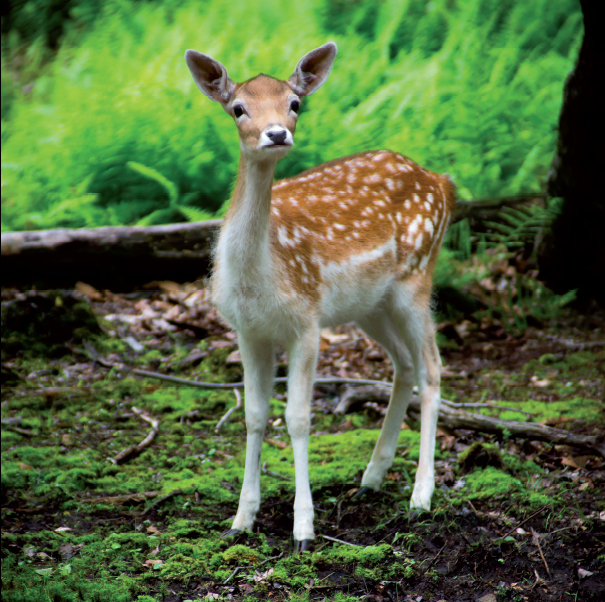
DUGONG
Dugong dugon
LIVES Indo-Pacific region, but mostly in Shark Bay off northern Australia
EATS Seagrass, small shellfish
This prehistoric-looking, gentle giant of the sea is more commonly known as the sea cow because it spends its days grazing on seagrass in shallow waters. It is not like any other marine animal and is most closely related to the elephant! The dugong can grow to a maximum length of 3 m and weigh up to half a tonne, which explains why it lives life in the slow lane.
Because of its slow pace the dugong has many predators, including humans who hunt it for oil and meat, and numbers have declined sharply over the centuries where once the sea cow could survive in large herds, it is now more likely to see just one or two dugongs together. As a result, this timid creature is now regarded as a protected species in Australia.
The dugongs other-worldly appearance and graceful actions in the water are believed to have inspired the legend of mermaids.
CUTEST FEATURE: Its sweet face, with its friendly eyes and protruding, snuffling nose
SNUGGLE RATING: **
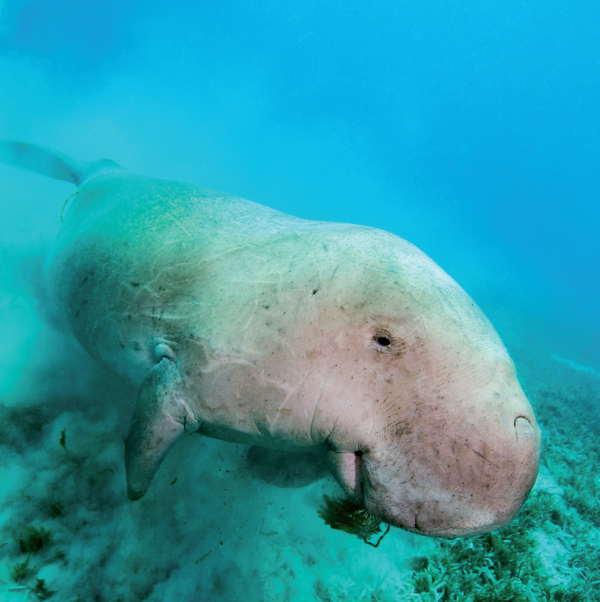
Next page




